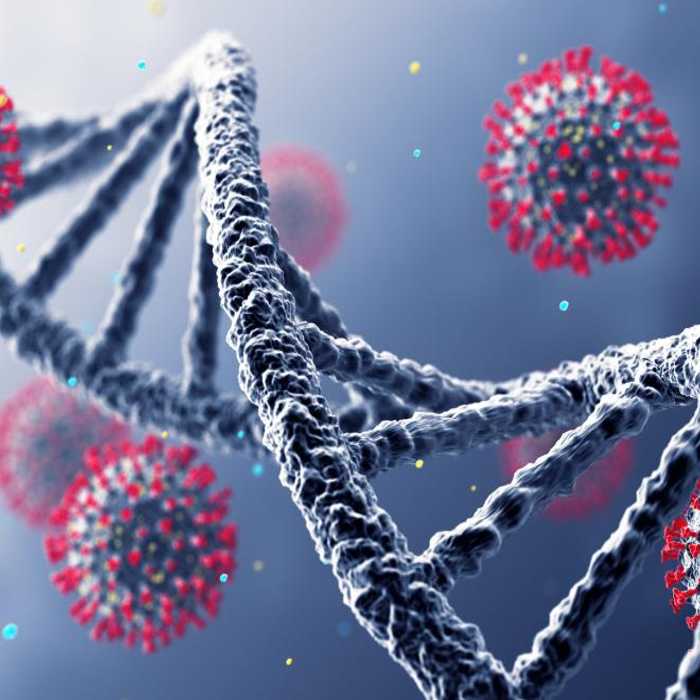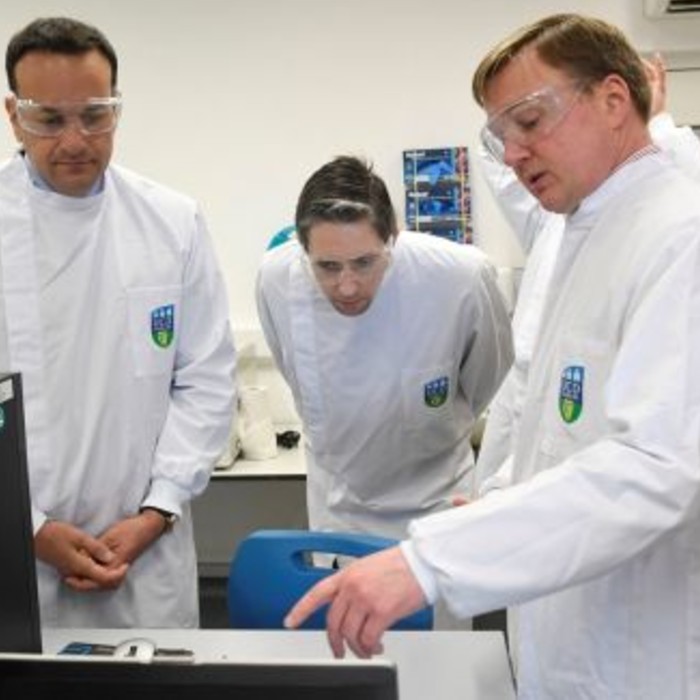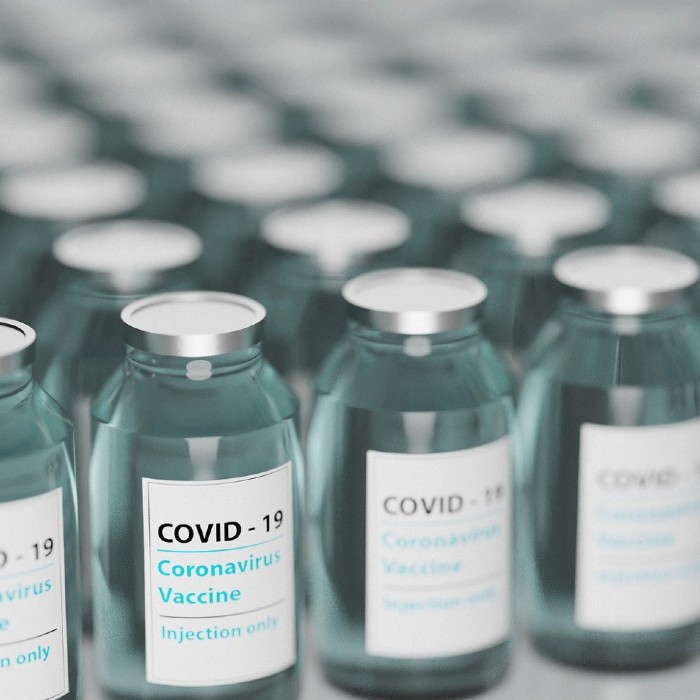Next Generation Magnetic Beads for enhanced viral RNA detection and improved COVID19 Testing, Securing Supply, Improving Performance
Lead Researcher: Professor Dermot Brougham, UCD School of Chemistry
Funder: Science Foundation Ireland/Enterprise Ireland/IDA Ireland joint Covid-19 Rapid Response Fund
Professor Dermot Brougham, in collaboration with Associate Professor Susan Quinn, both from UCD School of Chemistry, is leading a team to investigate ‘Next Generation Magnetic Beads for enhanced viral RNA detection and improved Covid-19 testing, secure supply and improved performance.
Silica coated magnetic iron-oxide beads are an established component of Covid-19 testing kits and are an industry standard for RNA-based diagnostics. They are purchased on the open market and subject to supply chain issues. Professor Brougham’s team aim to improve the RNA extraction efficiency of magnetic beads, and solve the supply issue, through a focused synthetic nanomaterials project supported by Dr Virginie Gautier from UCD CEPHR (UCD Centre for Experimental Pathogen Host Research).
Problem solving
The problems are: (1) Magnetic beads are purchased on the open market so are subject to supply chain, therefore UCD CEPHR believes there remains a risk of a bottle-neck; (2) Moderate RNA extraction capability of conventional beads produces false negatives at low viral load.
The team has been working to prepare conventional beads and has now addressed the first problem. The next objective is to improve Irish response to viral pandemics by enhancing the efficiency of RNA capture in assays as viral diagnostics for the current Covid-19 and for future potential crises.
Commercial beads typically capture between 60-95% of virus present. By increasing the surface area of the beads, the project aims to increase the RNA extracted and hence either: (1) Reduce the number of required PCR (Polymerase chain reaction) cycles; or (2) decrease the number of false-negatives at the same number of cycles; or (3) push back the detectable timeframe.
What will the research project do?
The team will adopt two approaches to reducing the RNA limit of detection (reducing false negatives) and speeding up the testing process.
Deliverable 1. Improved Magnetic Velocity for Rapid Capture
They have shown nanoflowers (NFs ,convoluted nanoscale structures who’s shape resembles a flower) have higher susceptibility than conventional particles and so achieve higher velocity in the field. The team will prepare silica-coated magnetic NFs for rapid magnetic capture. The higher velocities available will allow us to further reduce size increasing the surface area for RNA binding.
Deliverable 2. Higher Surface Area Beads for Enhanced RNA Extraction
By altering the structure of the silica layer at least a further doubling should prove possible. The team will develop structured silica coatings for improved RNA capture capacity by two approaches. Porous coatings will be prepared by adapting procedures for preparing mesoporous silica [Angew. Chem. Int. Ed. 10.1002/anie.201911690], and budded surfaces [ACS Appl. Mater. Interfaces 2015 10.1021/acsami.5b07733]. Both approaches are established for pure silica and this project is the first to apply them to magnetic cores.
The novel beads will be incorporated without modification into existing testing processes (re- purposing of existing technologies, products or processes). Capacity of the samples to extract viral RNA will be determined at UCD CEPHR with several optimisation cycles to improve sensitivity.
The two deliverables will be pursued independently and each will contribute to improving RNA extraction efficiency. Hence they provide alternative pathways, mitigating risk. If both approaches work and are validated by RNA assay, the team will combine them to prepare the first super-high surface area nanoflower-based beads, which will be highly novel.
Research Impact
The development of on-time diagnostics will lead to faster virus-tracking and tracing, life-saving and contributing to faster recapitulation of the healthcare systems and socioeconomics. The second generation of magnetic beads will ensure better diagnostics products, leading to fewer false-negative outcomes and faster detection rates.
The fabricated beads will be universal and have the possibility of being used for other viral and non-viral infections in future, including variations of influenza, Ebola or other yet unknown pathogens.
This project will contribute to socioeconomic impacts by securing jobs for two postdoctoral researchers and one RA, and will have a potential to evolve into a start-up or a licensing opportunity (with IP subject to discussions pending at Nova UCD), putting Ireland, and EU, in a better future leading position for fighting predictable pandemics.
The trained postdoctoral researchers and RA will then have the opportunity to pursue scientifically driven solutions for improving healthcare, either in further research or industrial settings.
Before the Covid pandemic the global nucleic acid isolation and purification market size was estimated to grow from $2.4 billion (2019) to $4.2 billion USD in 2027. The emergence of Irish capacity in this sector will help to combat the economic downturn associated by the pandemic.
The PI and co-PIs of the project will engage more closely with the industry and healthcare, and obtain more options to direct their current and future research to solve immediate health and socio-economic problems.
Project Partners
PI Dermot Brougham, UCD School of Chemistry (Chemist with expertise in particle synthesis and colloidal stabilisation)
Co-PI Virginie Gautier, UCD School of Medicine, UCD CEPHR (Virologist with expertise in Covid-19 testing and assay development)
Co-PI Susan Quinn, UCD School of Chemistry (Chemist with expertise in particle synthesis and DNA-particle interactions)


